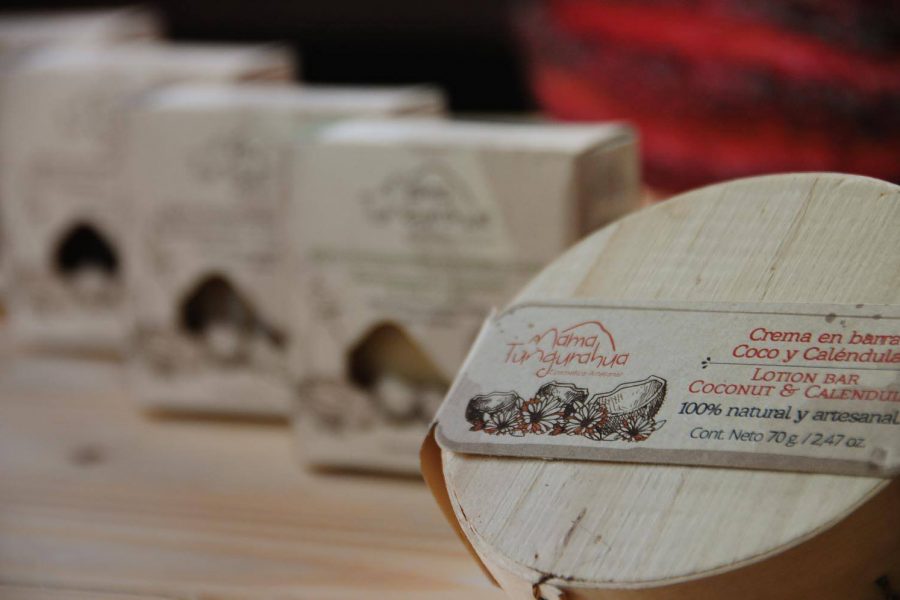¡Mirada de nylon is our muse ¡”… silicone plans, PVC nerves, neoprene loves, friends.jpg…”. It’s official: we are fascinated by alternative rock, thanks to Cuarteto de Nos!
And so came the inspiration to teach the importance of reading labels. It’s not a science! It just requires patience-based training.
The ingredients on the labels of any cosmetic product are written under the International Nomenclature of Cosmetic Ingredients whose acronym is INCI. It does not matter the place of origin of the cosmetic, since the INCI component will be in Latin or English language. Thus, in theory, we can know what exactly is the composition of the product you are buying.
Another labeling rule is that the ingredients must be listed from highest to lowest according to the percentage of the formula.
In this regard we tell you a peculiar anecdote from a few years ago ….
We were looking for a calendula cream. We went to a well-known place to buy the product. Where both the owner and its advertising declared to be the “only” natural and organic. We proceeded to read the label and surprise! When we read the INCI ingredients we detected that among the first ingredients there was no CALENDULA OFFICINALIS (CALENDULA) OIL (INCI of calendula). It was in the second to last place. Nobody knew this fact and they only recently realized this “small detail”. From there we started this long learning process in natural cosmetics.
So, if you are offered a cosmetic product of aloe vera, for example, and you read on the label that aloe vera is among the five (although some authors say among the three) first ingredients, Bingo! This product actually contains a sufficient percentage of aloe vera for the active ingredient to work. However, if it is among the last places, the formula will contain only 1% or even less of this active ingredient.
There will be times when you will find unknown or dangerous ingredients. In industrial products there are so many ingredients that it is difficult to know which is the most dangerous of them all.
It is not easy to know all the names, some are already known, such as: parabens, surfactants, surfactants, surfactants, thalates. The important thing is to keep them in mind to gradually train ourselves to identify them and, based on this, consciously decide which product to apply to the skin.
A separate chapter is the term “organic”. Keep in mind that few producers can afford an organic certificate or seal. But what they can do is a correct labeling. Sometimes they don’t put it on their product for fear of having the formula stolen, so the best thing to do is to be inquisitive with the producer: call by phone and ask what order the ingredients of their product are in. So if a producer says their product is “organic”, it is important that they can prove it: with a seal or by explaining processes, inputs or labeling.
When we were researching this topic, something curious happened to us with cat litter. We thought it was biodegradable like any soil, but it is not, because it has a chemical binder so that it does not smell or bother. In fact, it is super effective, it doesn’t smell or bother your kitty’s bath! But unfortunately it cannot be added to the compost. We found this out by asking the producer, because when you buy it no one tells you this.
Extra tip: Beware of marketing! A green packaging or green logo could be misleading. Consistency between claims and packaging is critical: It claims to be organic and natural, and it is packaged in plastic? Think twice about buying it!
Fortunately there are alternatives. We just got the SLOW COSMETIQUE seal (we’ll tell you more about this later) and they have an accessible and easy to read document on this subject. We attach the link at the end.
So the recommendation is patience. Give yourself time to research, because being informed will help us to choose better.
Look at the section where it says : “Download the slow flyer”.
https://www.slow-cosmetique.org/es/
